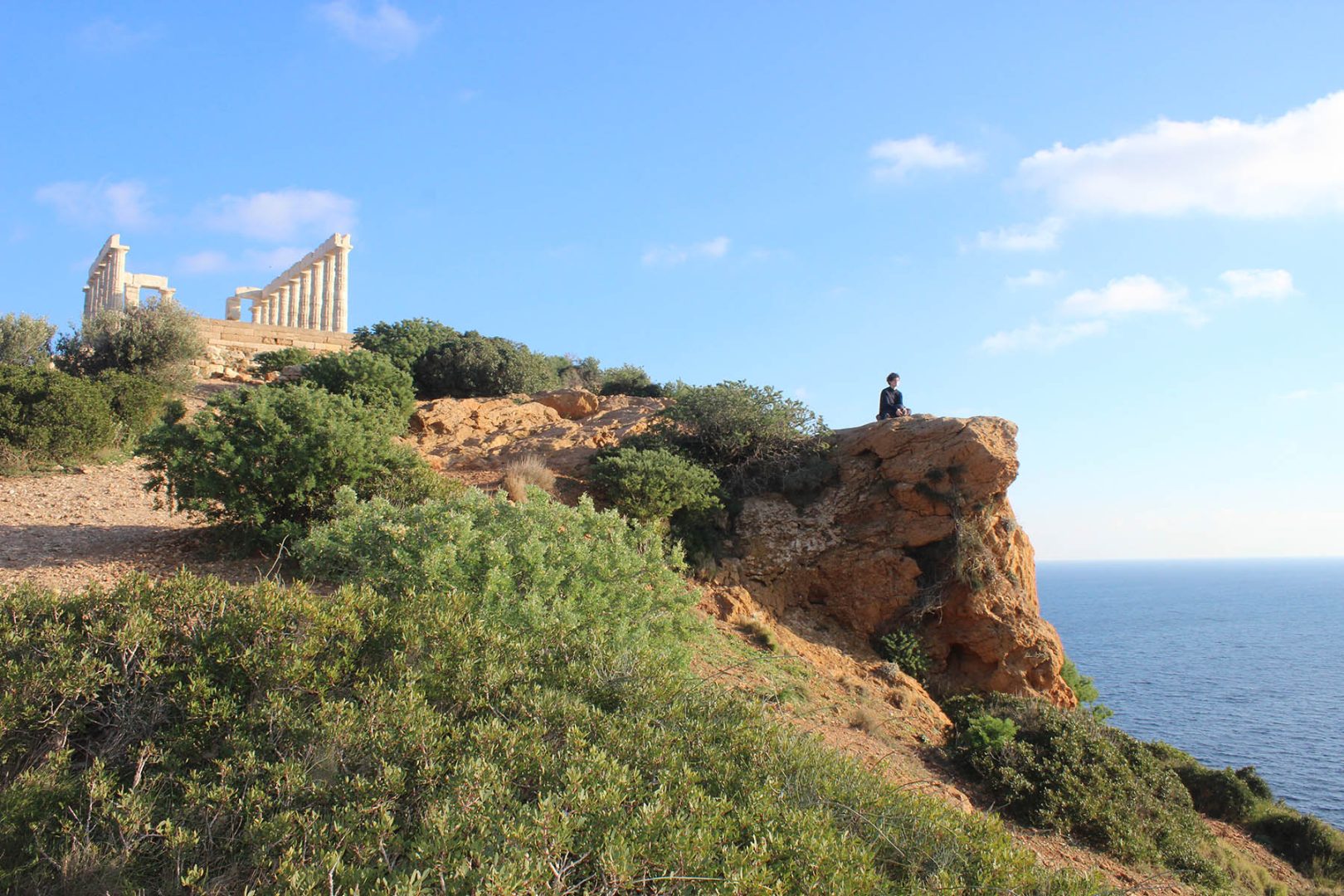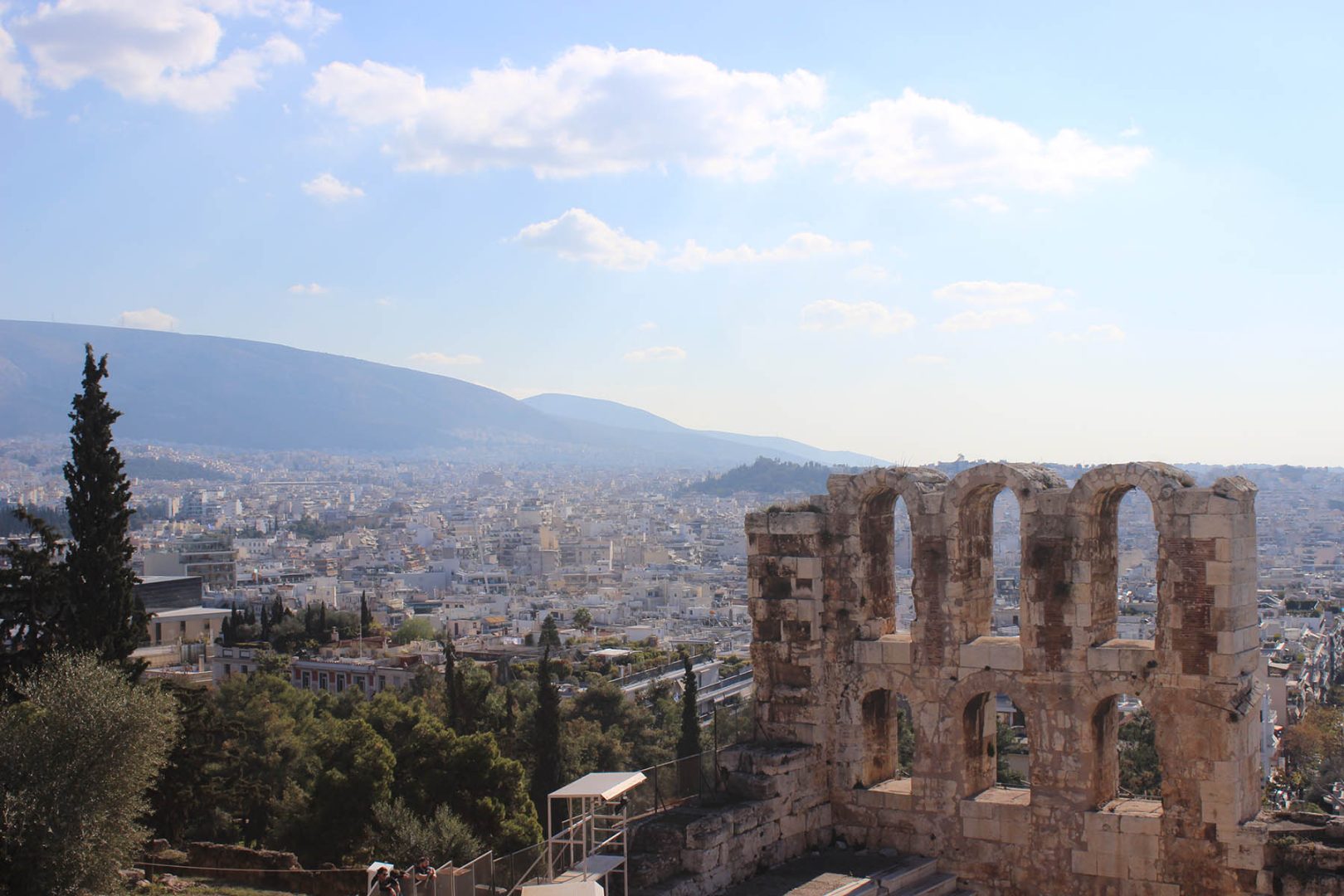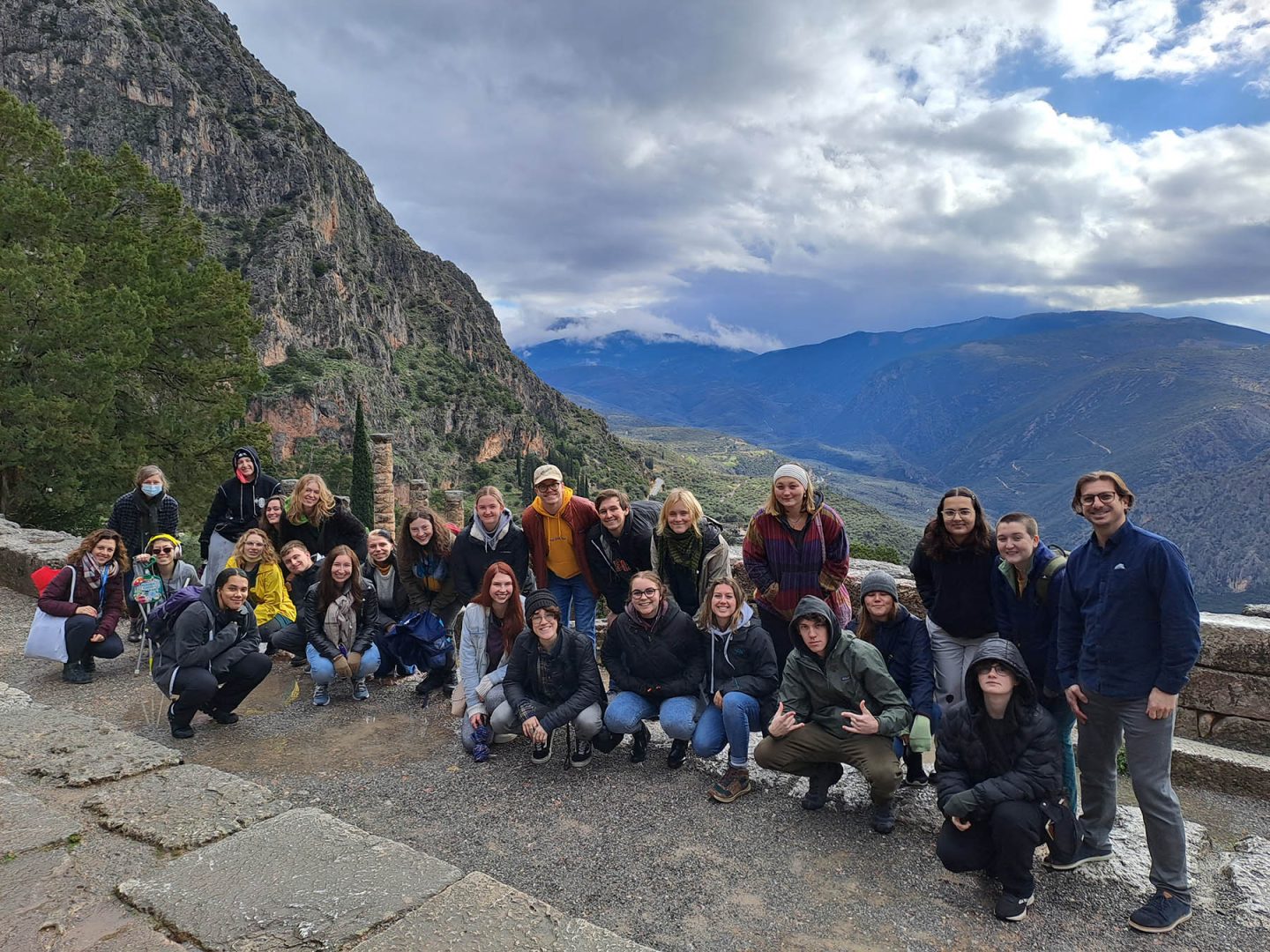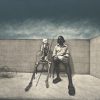When you think of Greece, your mind might first go to the vibrant and ancient world popularized by myth. You might think of The Odyssey or The Iliad, stories that have lasted centuries and entertained thousands. But modern Greece is greatly separated from the world of The Odyssey and ancient Greece—as some Eckerd College students learned on their 2023 Winter Term trip with Visiting Assistant Professor of Classics Michael Goyette, Ph.D., and Assistant Professor of Philosophy Louise Daoust, Ph.D.
One week into their Odysseys of Ancient Greece course, the group of 24 students traveled to the island of Crete and drove up to the small village of Anogia. Nestled among the mountains, this little village has a violent history—having been destroyed twice by the Ottomans during the Great Cretan Revolt and once by the Nazis in an act known as the Razing of Anogia. Students saw no signs of this sad history, only a plethora of mountains, sheep and gift shops. The destination was a small family-owned restaurant called Arodamos, which is known for its incredible food and atmosphere. Serving tender lamb that fell apart in their mouths, house-made cheese that went perfectly with their jam and bread, and sweet wine harvested from local grapes, Arodamos did not disappoint.
As the meal ended, the restaurant owner introduced himself and told Goyette and Daoust’s class the history of the place. He pointed to some embroidery on the wall, hung in a simple wooden frame. Its crisscrossing diamond pattern surrounded a sitting bird in vibrant reds and blues. This embroidery, he explained, had been stitched by his mother, who was forced to hide the piece in a well during the Nazi occupation. Upon her return home, she found it where she had left it, and now it graced his restaurant wall for all to see. Alongside it hung a wedding portrait done by a friend in the 1970s of the owner and his wife—who waved cheerfully from the kitchen.
It was clear to the class that the people here had carved out a life: churning goat milk for cheese and soap, harvesting grapes for sweet dessert wine, and roasting lamb on a slowly turning spit. But the magic of Greece wasn’t only a quiet, story-filled lunch in the mountains of Crete. There was also ancient history.
Walking through the New Museum of Aigai in Vergina gave the class a strange feeling. Located in Northern Greece at the ancient archeological site of Aigai, the museum is a new development, having opened to the public in December 2022. The wide white space inspired a feeling of modernity and cleanliness, but also isolation. The exhibits showed an intimate picture of the humans who used to live here. One of the most personal exhibits was simple and appeared relatively early in the tour—a collection of pottery shards that held impressions of life: handprints, paw prints, and names written in ancient handwriting. The fingerprints pressed into ancient clay suggested life and humanity from the past. They made an observer question who these people had been and what they had loved and held dear. What joy, or pain, or simple mundanity had they experienced?
One of the more remarkable things for the students about exploring Greece was discovering ancient yet surprisingly familiar cultures.
Tourists have a responsibility not to let the romanticism and imagination of these ancient cultures run away with them. The powerful literary tradition of Greece could easily sweep visitors off their feet and into an imagined mythical world. This could be particularly dangerous if it allowed one to discount or wholly ignore the modern Greek people who have lived in the country for generations.
It’s easy for archeologists to fall prey to this romanticism as well. Eckerd students learned about the reconstruction of the ancient archeological site at Knossos, in Heraklion, Crete. One of the largest preserved Minoan palatial sites had been mostly reconstructed by archeologist Sir Arthur Evans, who began excavations in the spring of 1900. He first claimed that the site at Knossos was the palace of King Minos, the birth and death place of the Minotaur, an ancient mythological monster that was half man, half bull. In 1925, Evans started sweeping reconstructions, re-creating floors, architecture and even entire wings of the palace with reinforced concrete and paint. Wall paintings largely inaccurate to the time period were hung on the walls, including the now-famous Prince of the Lilies. These reconstructions were largely irreversible and could convey inaccurate information to visitors, changing their perception of the past.
Eckerd’s Odysseys class found modern Greece to be an unusual place, perhaps even more unusual than its ancient counterpart. Its two largest cities, Athens and Thessaloniki, were vibrant places. The streets were constantly overrun with young people, the chatter of Greek conversations, and the battling scents of gyros and cigarette smoke.
Conversely, the countryside and islands of Greece were peaceful places. When students were close enough to the sea, they could hear the gentle wash of Aegean or Ionian waves, the scrape of pebbled rocks, the gentle cries of birds and stray cats.
But all of Greece carried with it an unusual energy, a strange contradiction between modern culture and legend.
















